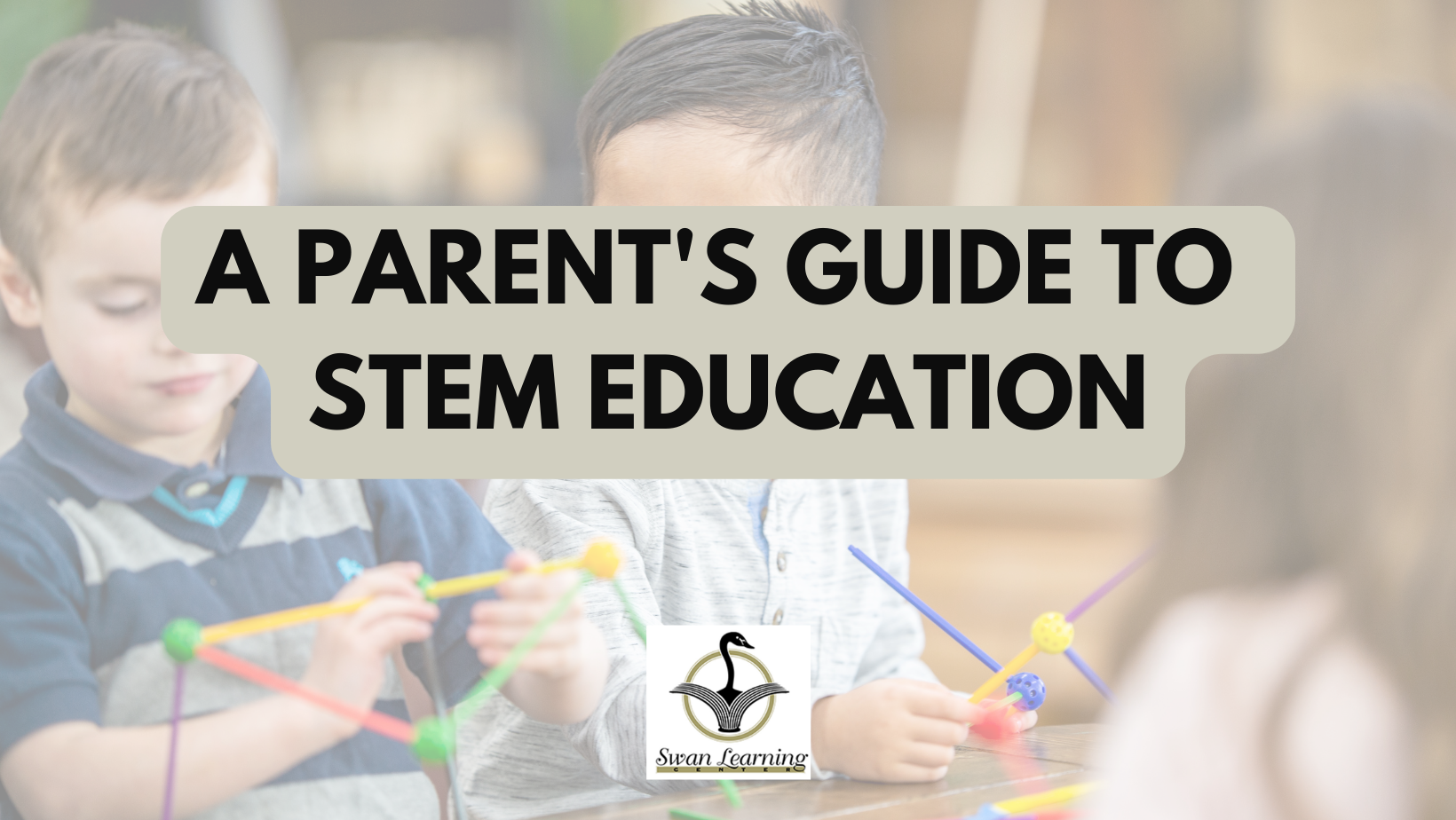A Parent’s Guide To STEM
The idea of STEM education has been gaining traction in education for several years now. But, just the same, many people, particularly parents, still need to learn what STEM stands for and its fundamental purpose. STEM is the four disciplines it addresses in education—Science, Technology, Engineering, and Mathematics.
That said, it’s important to understand that its approach to education is not limited to those four areas alone. Instead, STEM education adopts a broader strategy: it is an interdisciplinary method of student-centered learning, and all pupils are taught practical, meaningful skills that will benefit them today and tomorrow. According to the National Science Foundation (NSF), 80% of occupations in the future will require knowledge of the fundamentals found in STEM education.
Approaches To STEM Education
STEM education relies heavily on project-based and inquiry-based learning. Instructors use these methods to present each student with a genuine issue or concern connected to the outside world. The students then actively seek novel responses to these issues using acquired soft skills and teamwork techniques. For instance, a project incorporating math, physics, and technology can be seen as more interesting and meaningful and produce deeper learning. In addition, such project-based learning strategies promote teamwork and assist in developing practical skills.
Integrated educational strategies are other ways to promote STEM learning. This way, STEM educational approaches can be blended with conventional educational systems, which can strike a balance between practical skills, memory, and retention. This strategy works well because it integrates STEM approaches without requiring additional time from student schedules and is typically far more enjoyable and engaging. In addition, integrated approaches combining STEM with conventional education are more likely to aid in learning retention through exploration and linkages across disciplines.
How Traditional and STEM Education Differ
With the emergence of this cutting-edge and revolutionary educational approach, we can properly compare the differences between STEM education and the conventional educational model. The first distinction is that the STEM educational strategy provides practical knowledge and experience instead of the traditional process emphasizing repetition-based learning. Secondly, the two approaches impact students’ futures. For instance, traditional education has less relevance when applying for today’s job market. STEM education, by comparison, combines the essential abilities a young person should possess for entering the modern world. In the end, students participating in STEM education have a wider range of career options and prospects available to them.
Advantages of STEM Education
There’s a reason why STEM education is becoming so popular. Schools, parents, and communities have discovered the advantages of preparing students for the modern world.
Here are some ways STEM benefits students.
- Creative Thinking – The STEM educational strategy aids in developing a person’s creative abilities. Students studying in the STEM fields are instructed to adopt innovative approaches.
- Building Soft Skills – STEM aids in developing soft skills and technical and practical abilities. These soft talents include cognitive abilities, interpersonal relationships, and critical thinking.
- Encouraging Teamwork – STEM helps build team collaboration where students of all abilities and levels pool practical and creative skills to solve problems. By building skills in collaboration and communication, students are better prepared for working toward the future.
- Media Literacy Skills – STEM is student-centered and supported through participation and active engagement. Because reading and research aid student engagement and learning, media literacy also rises.
- Staying Current With Technology – STEM educational strategies support students’ technological engagement. The students benefit from access to all necessary technical knowledge and constantly anticipate cutting-edge developments. This helps expand future employment opportunities for students.
Getting Students Interested In STEM
STEM-exposed middle and high schoolers are likelier to choose science and technology classes, and their enthusiasm and success frequently define college majors and careers.
Here are a few ways to help students see STEM disciplines as approachable and rewarding.
- STEM education requires problem-solving skills. Challenge your students to problem-solve using everyday life examples. Use hypotheticals such as pointing out how the slide is built and how it might function differently if it were another shape. Ask how they might make it perform better. Have your child draw it on paper when you arrive home.
- Show how STEM has everyday applications. For example, when cooking, let them measure and calculate how much to add when you double the recipe. Then, show the chemistry of mixing the substances. Have your child distinguish solids from liquids.
- Promote tinkering. Ask your child to describe how the roller coaster works, then have them make a structure with five or seven random items. After finishing, have your youngster explain what worked and why. Also, consider taking apart old electronics like phones or toasters (unplugged, of course). Let your child disassemble it (with supervision) and explore the pieces. Let older kids research online to identify components and tell you what they do.
- Go outside. STEM is more than screens, machines, arithmetic, and coding; it’s also about understanding how the world works. Discuss plants and how they grow. Let them examine plant and leaf structures. Talk with them about the weather. What does the outside feel like before and after it rains?
Embrace the Future with Swan Learning Center
With the knowledgeable staff at the Swan Learning Center, your child can acquire new knowledge and abilities to prepare them for everything the modern world will throw at them. Our teachers employ a variety of techniques designed to reach every child. Contact Swan Learning Center today to learn more.








